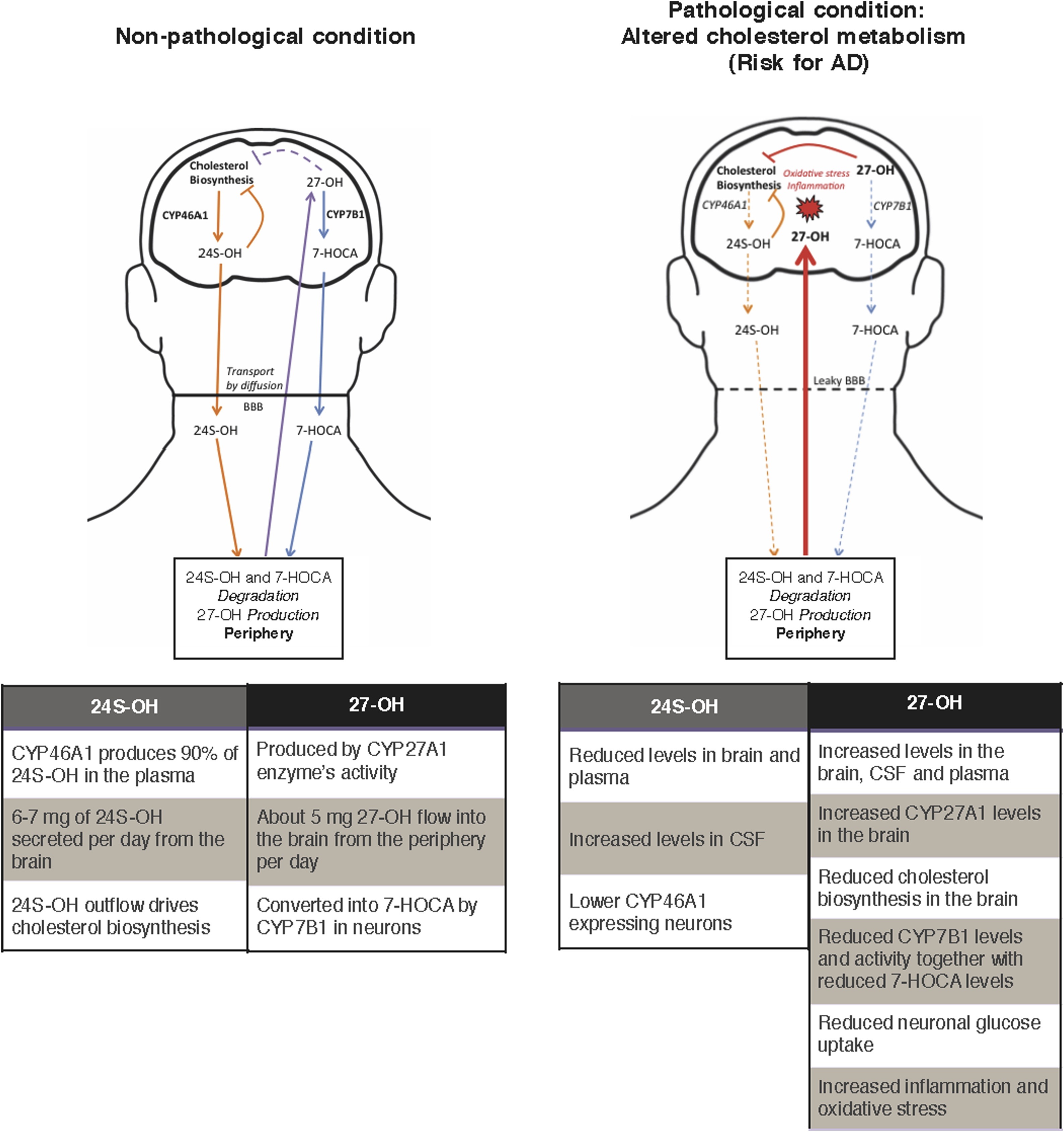Globally, industrial agriculture threatens critical ecosystem processes on which crop production depends, while 815 million people are undernourished and many more suffer from malnutrition. The second Sustainable Development Goal (SDG 2), Zero Hunger, seeks to simultaneously address global environmental sustainability and food security challenges. We conducted an integrated literature review organized around three disciplinary perspectives central to realizing SDG 2: ecology and agricultural sciences, nutrition and public health, and political economy and policy science.
Nutraceutical and Functional Food Regulations in the United States and around the World (Third Edition), 2019, Pages 3-11
Contemporary Psychodynamic Psychotherapy: Evolving Clinical Practice, Volume , 18 June 2019
Nanomaterials Applications for Environmental Matrices - Chapter 4 - Microbe Decontamination of Water
Nanomaterials Applications for Environmental Matrices, 2019, Pages 151-185


